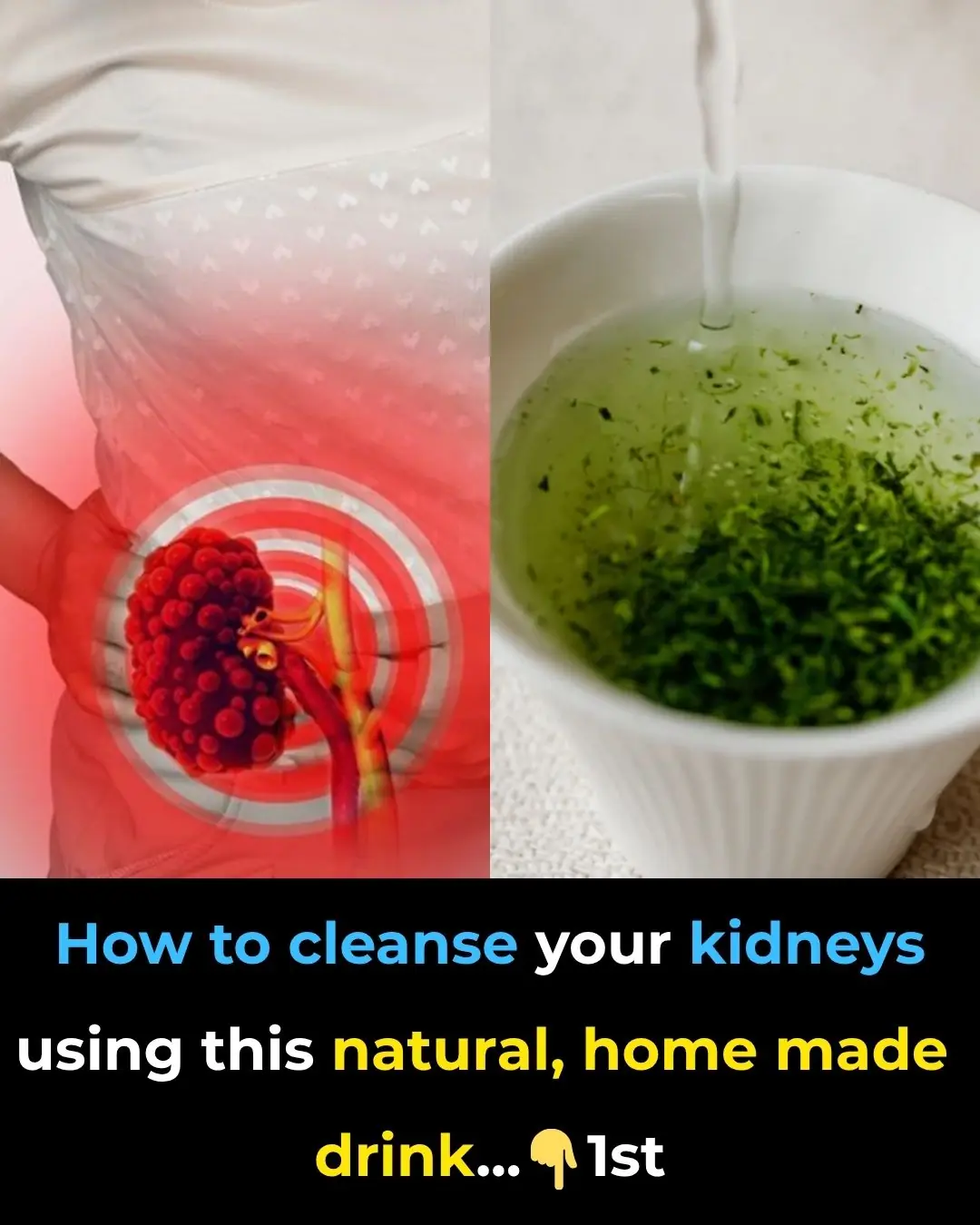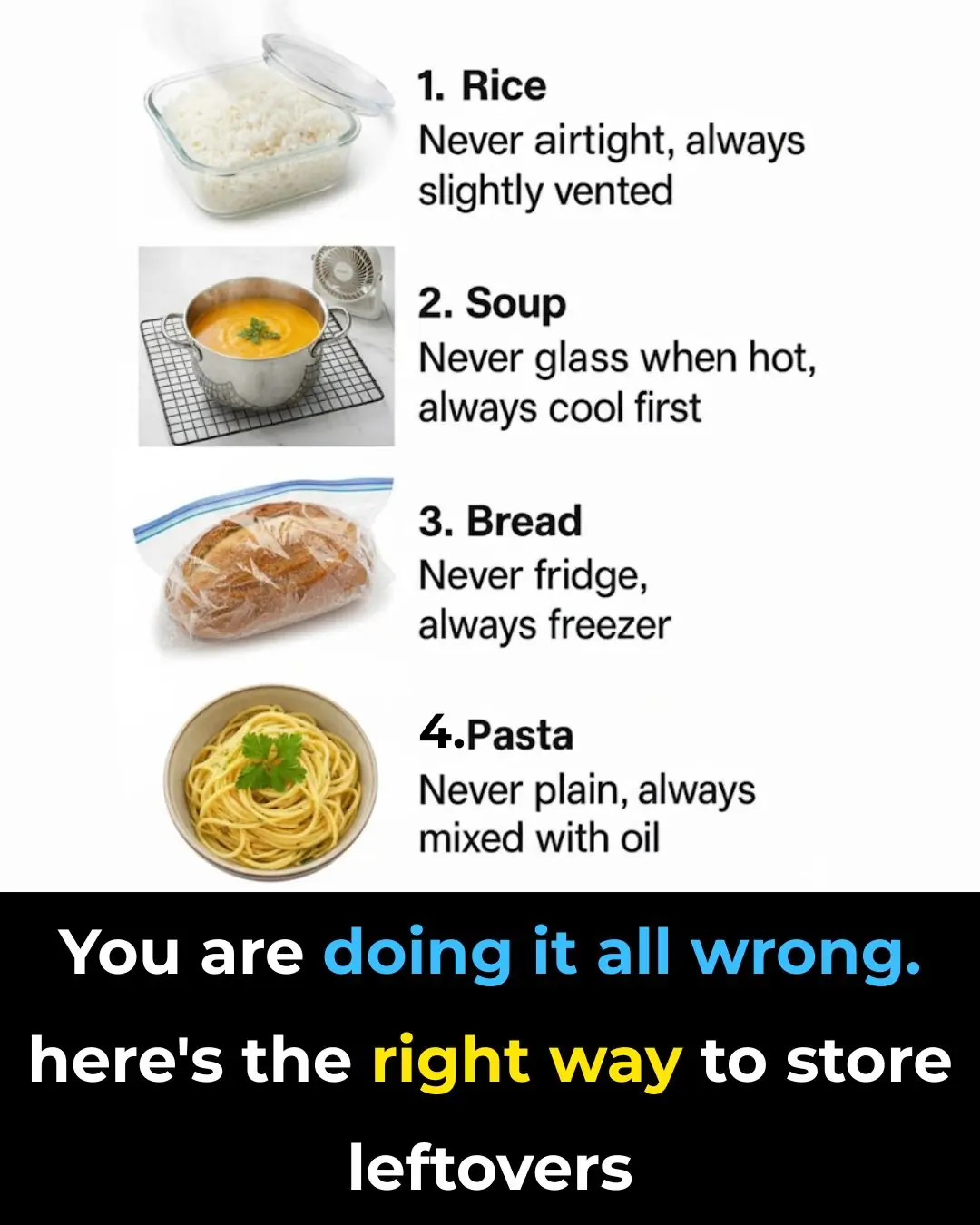
Boiling chicken with plain water is outdated: 2 ways to cook chicken without water that make it delicious, tender, and preserve its nutrients
🍗 Boiling Chicken in Plain Water Is Outdated: 2 Water-Free Cooking Methods That Make Chicken Delicious, Tender, and Nutrient-Rich
For generations, boiling chicken in plain water was considered the go-to method for preparing a simple, healthy meal. But times have changed. Today, chefs and home cooks alike are turning to smarter, more flavorful techniques that preserve nutrients and elevate taste—without using water at all. Here are two standout methods that will transform your chicken dishes.
🥘 1. Steaming Chicken with Aromatics (No Added Water)
Instead of submerging chicken in water, this method uses the bird’s own juices and steam to cook it gently and evenly.
🔧 How It Works:
-
Place seasoned chicken pieces in a covered pot or steamer.
-
Add slices of onion, ginger, lemongrass, or garlic beneath or around the chicken.
-
Cover tightly and cook over low heat. The chicken will release natural juices that create steam.
-
No water is added—just the moisture from the meat and aromatics.
✅ Benefits:
-
Preserves nutrients that would otherwise leach into boiling water.
-
Enhances flavor by infusing the meat with herbs and spices.
-
Keeps chicken moist and tender, even without oil or broth.
-
Reduces cooking time while maintaining a clean, healthy profile.
This method is ideal for lean cuts like breast or thigh meat and works beautifully for meal prep or light dinners.
🍗 2. Roasting Chicken in Salt or Banana Leaves
Roasting chicken wrapped in salt or banana leaves is a traditional technique that’s making a comeback for its rich flavor and nutrient retention.
🔧 How It Works:
-
Salt crust method: Coat the chicken in a thick layer of coarse salt and roast it in the oven. The salt forms a shell that traps moisture and flavor.
-
Banana leaf wrap: Marinate chicken with spices, wrap it in banana leaves, and roast or grill. The leaves lock in steam and aroma.
✅ Benefits:
-
No water needed—the chicken cooks in its own juices.
-
Retains vitamins and minerals, especially B vitamins and iron.
-
Creates a smoky, earthy flavor that’s hard to replicate with boiling.
-
Visually stunning presentation, perfect for gatherings or festive meals.
These methods are especially popular in Southeast Asian and Latin American cuisines, where natural wrapping materials and slow roasting are part of culinary heritage.
🆕 Bonus Tips (Expanded Section)
To further enhance your chicken cooking experience, consider these additional ideas:
-
Use a clay pot or Dutch oven: These retain heat and moisture, allowing chicken to cook evenly without added liquid.
-
Dry rubs and marinades: Apply spice blends or yogurt-based marinades to tenderize and flavor the meat before cooking.
-
Rest the chicken after cooking: Let it sit for 5–10 minutes to redistribute juices and improve texture.
-
Pair with nutrient-rich sides: Serve with steamed vegetables, quinoa, or roasted sweet potatoes to create a balanced meal.
-
Experiment with global flavors: Try Moroccan spices, Indian masalas, or Mediterranean herbs to diversify your chicken repertoire.
News in the same category


Vinegar is the key to streak-free windows and shiny surfaces, but most use it wrong. Here's the right way to use it

Haven't heard that before
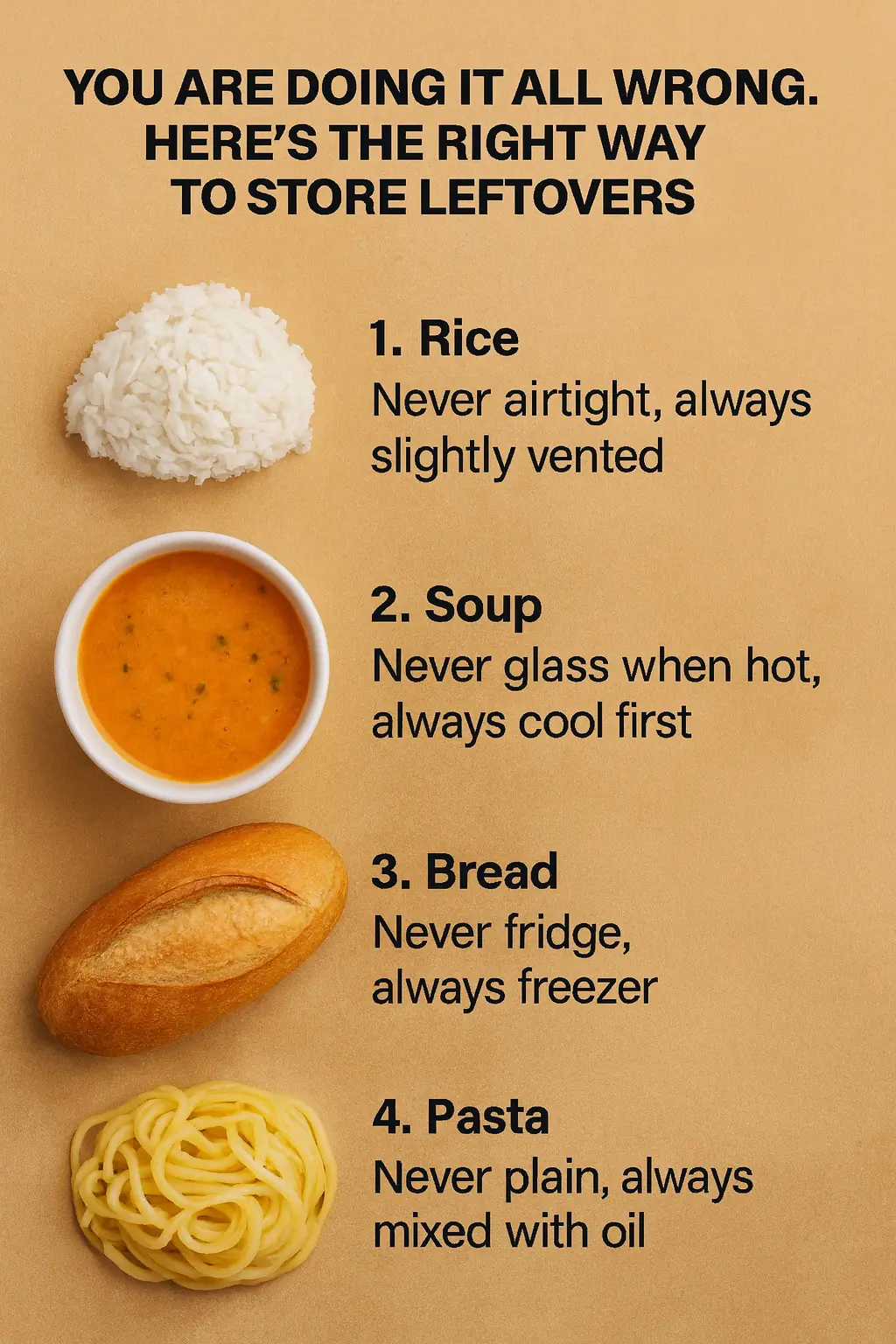
You are doing it all wrong. Here’s the right way to store leftovers

10 genius tricks to revive your garden patio
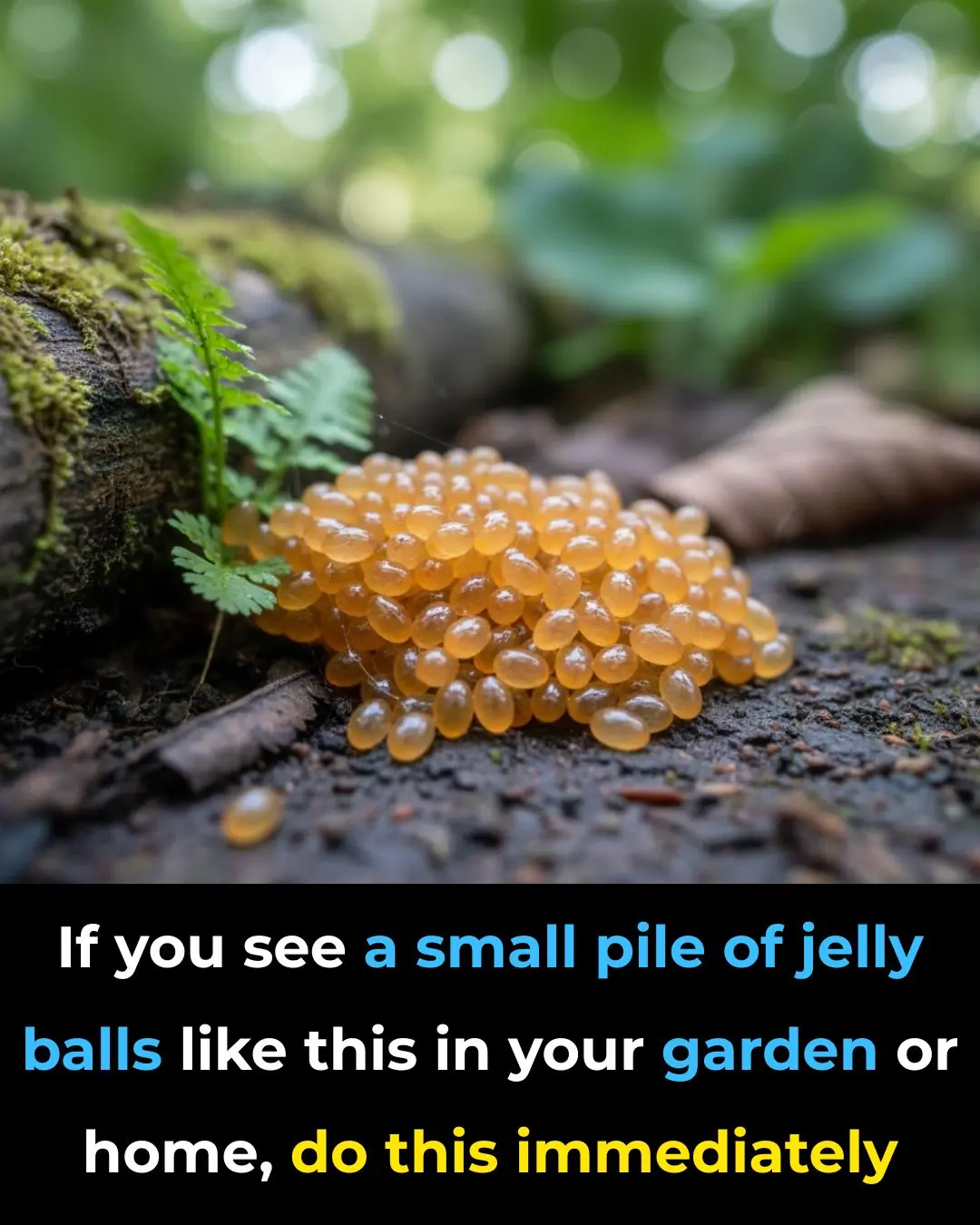
They look so harmless

How to Remove a Fish Bone from Your Throat 🐟😮

You’re doing it all wrong. Here’s the right way to store knives

You’re doing it all wrong. Here’s the right way to unclog your drain

Mistake when washing grapes with salt and baking soda: This method only removes insect eggs, and the skin is still edible

A type of vegetable destroys more than 90% of cancer cells within 48 hours, yet Vietnamese people mistake it for a wild plant growing all over the streets.

A plant with a distinctive aroma: Both a spice and a 'miracle' for health

Bare pork through boiling water, thought clean but soaked in more dirt: This is the most correct thing

A week after applying this method, cockroaches, ants, and mosquitoes no longer appeared in my house.

🚽 How to Unclog a Toilet Without Using a Plunger – 5 Smart, No-Mess Hacks That Actually Work
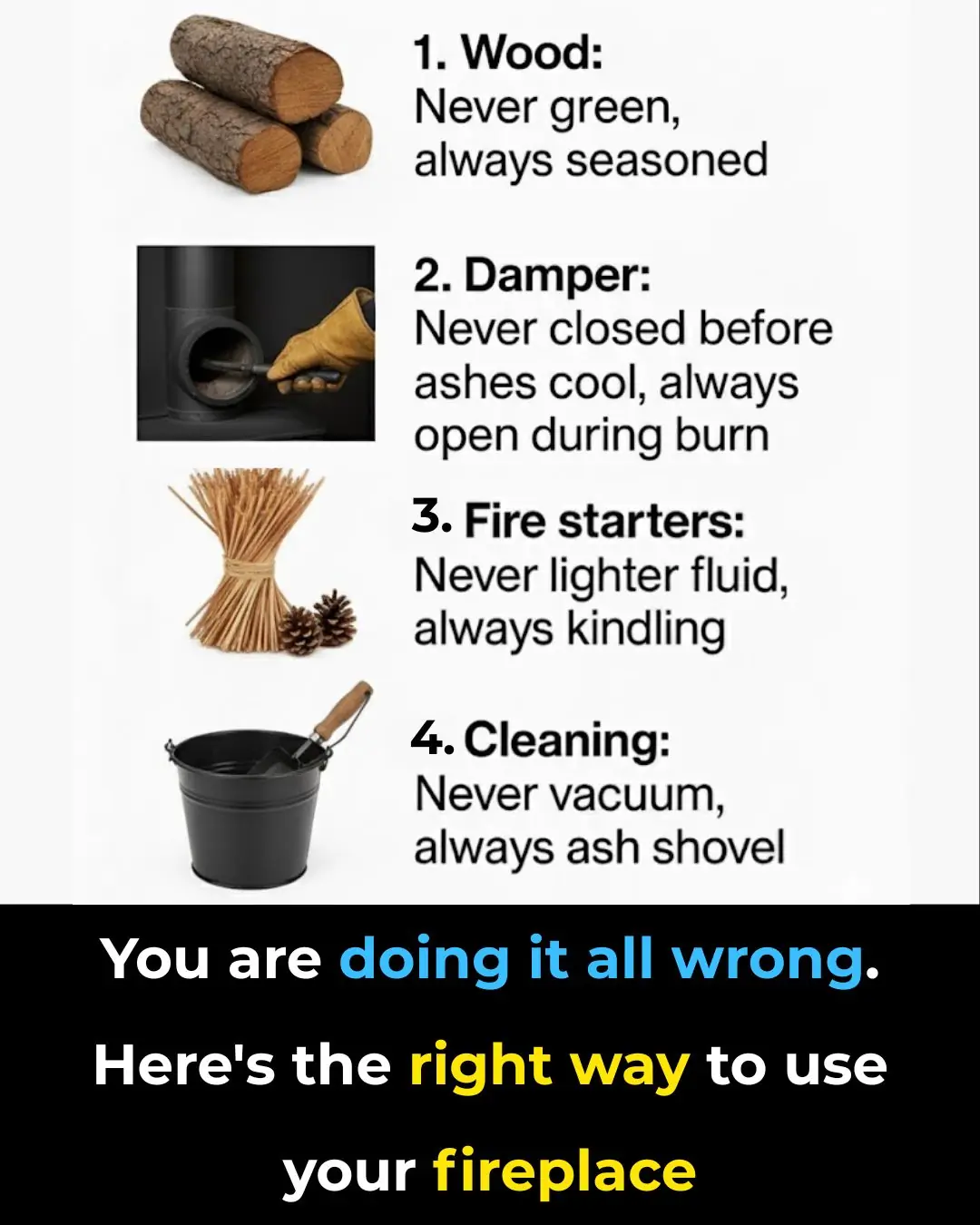
You are doing it all wrong. Here’s the right way to use your fireplace
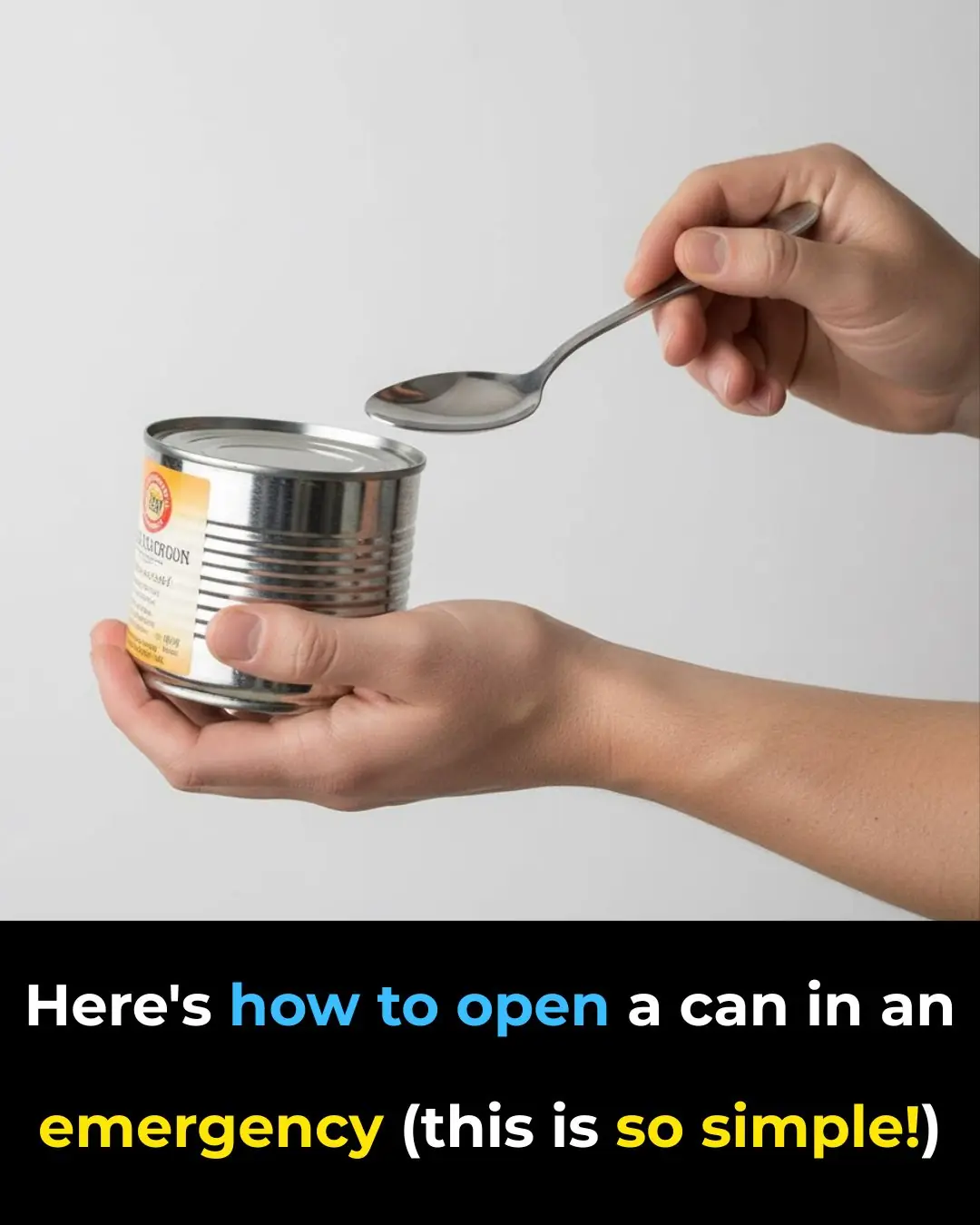
Here's how to open a can in an emergency (this is so simple!)

Most people will never know
News Post
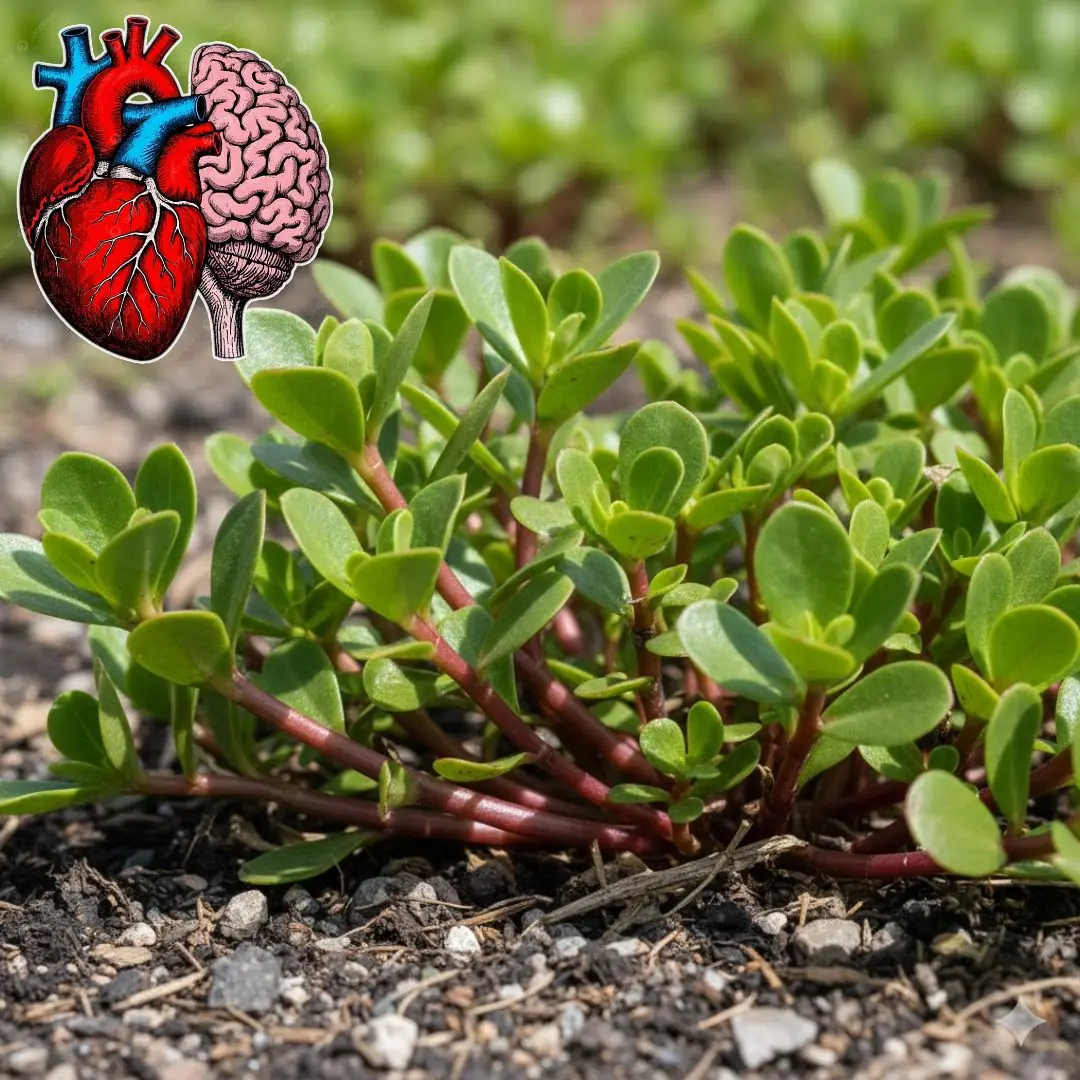
30 Powerful Reasons You Should Stop Ignoring Purslane

Why drinking your sugar is more harmful for diabetes than eating it, study finds

You are doing it all wrong. Here’s the right way to store leftovers

When a cat rubs against you, this is what it means

Zodiac Signs Most Likely to Have Prophetic Dreams
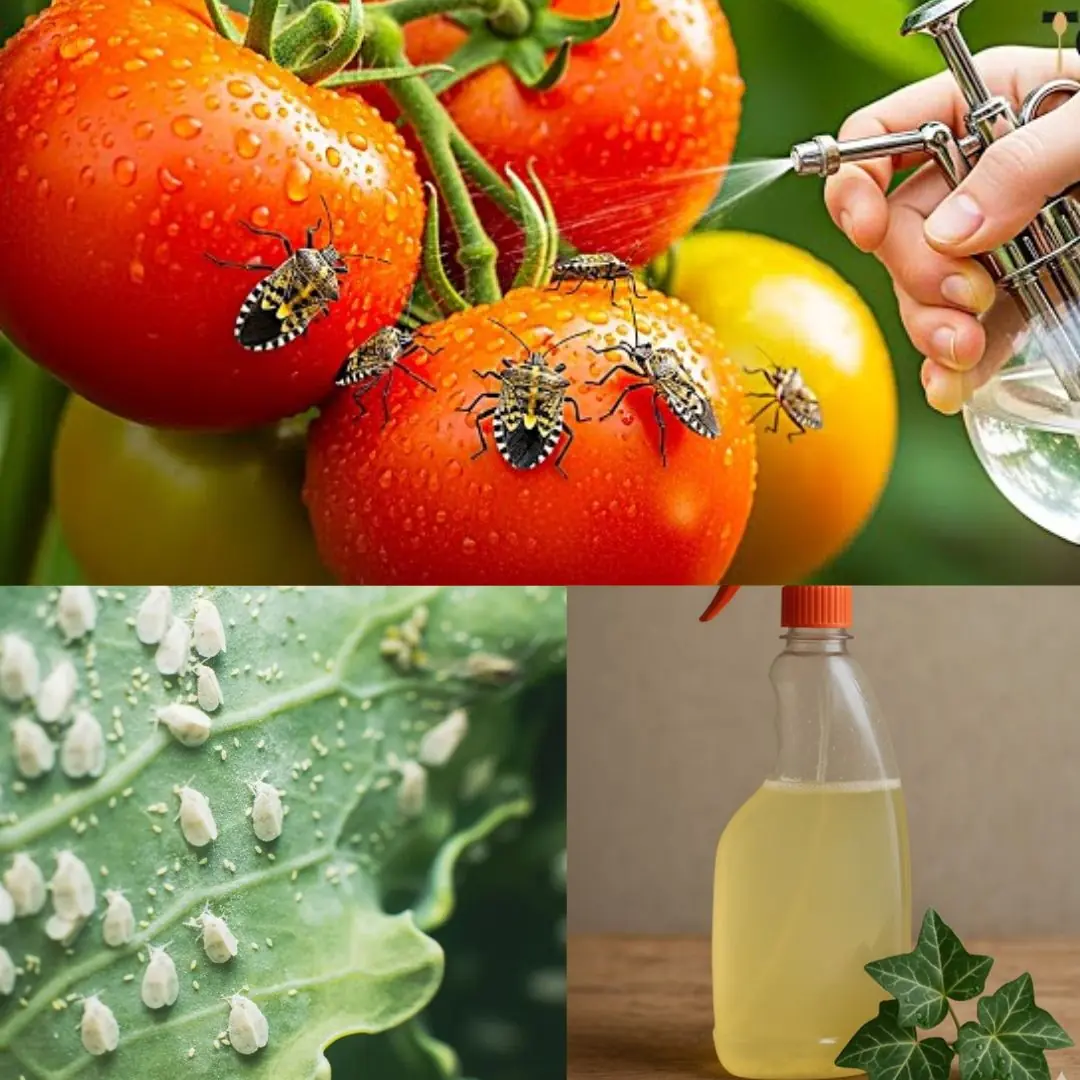
Ivy and Vinegar: A Safe and Natural Spray to Keep Pests Off Your Garden
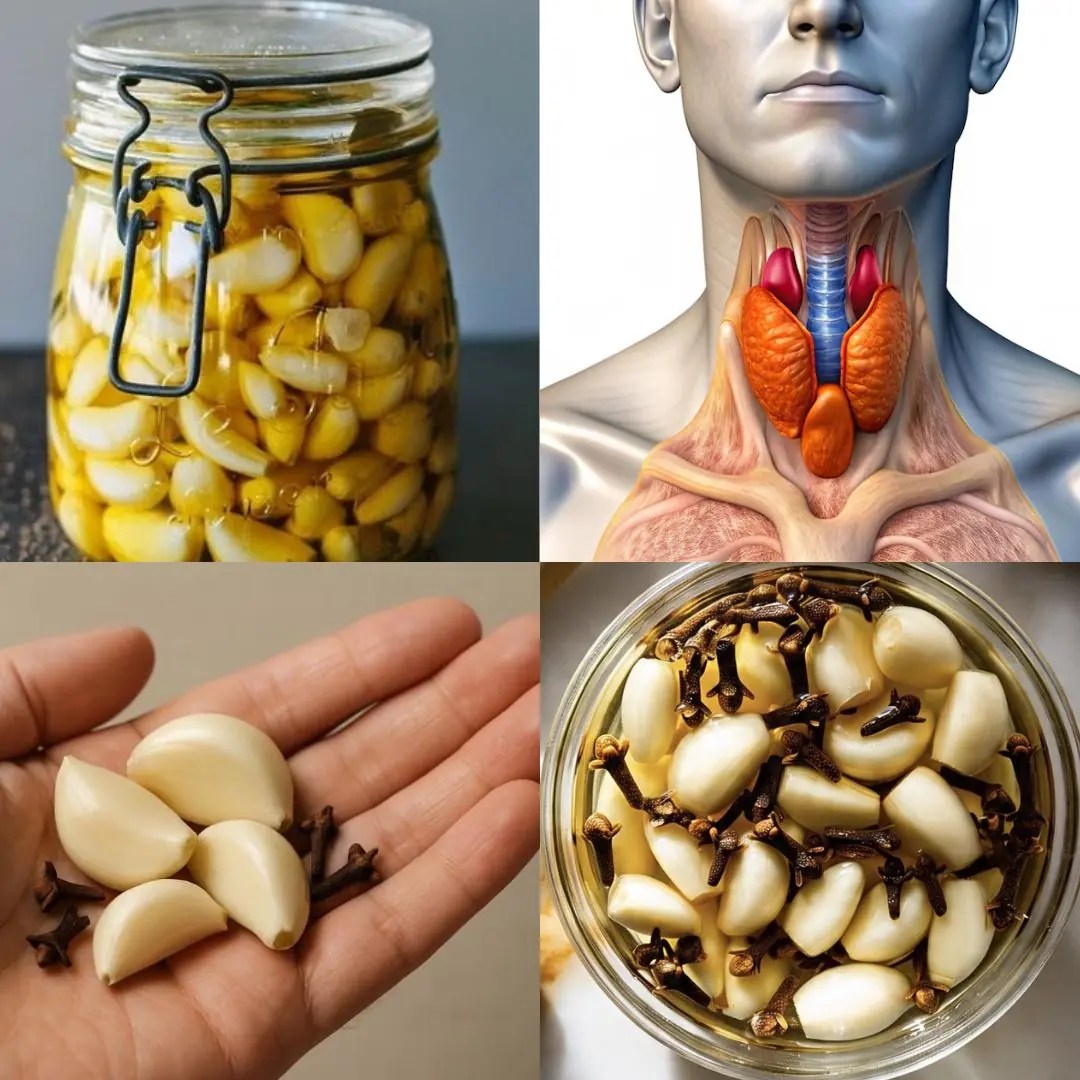
Garlic, Honey, and Cloves – a powerful natural remedy packed with health benefits

Vinegar is the key to streak-free windows and shiny surfaces, but most use it wrong. Here's the right way to use it

Haven't heard that before

You are doing it all wrong. Here’s the right way to store leftovers

10 genius tricks to revive your garden patio

You are doing it all wrong. Here’s the right way to wash towels

They look so harmless

How to Remove a Fish Bone from Your Throat 🐟😮

You’re doing it all wrong. Here’s the right way to store knives

You’re doing it all wrong. Here’s the right way to unclog your drain

Detroit Man Went From Quitting His Job To Buying A Building For His Car Detailing Business After It Went Viral On TikTok

Thyme Essential Oil Shows Signs of Killing Lung, Oral and Ovarian Cancer

A Boy, A Bullet, and the Friend Who Saved Him
